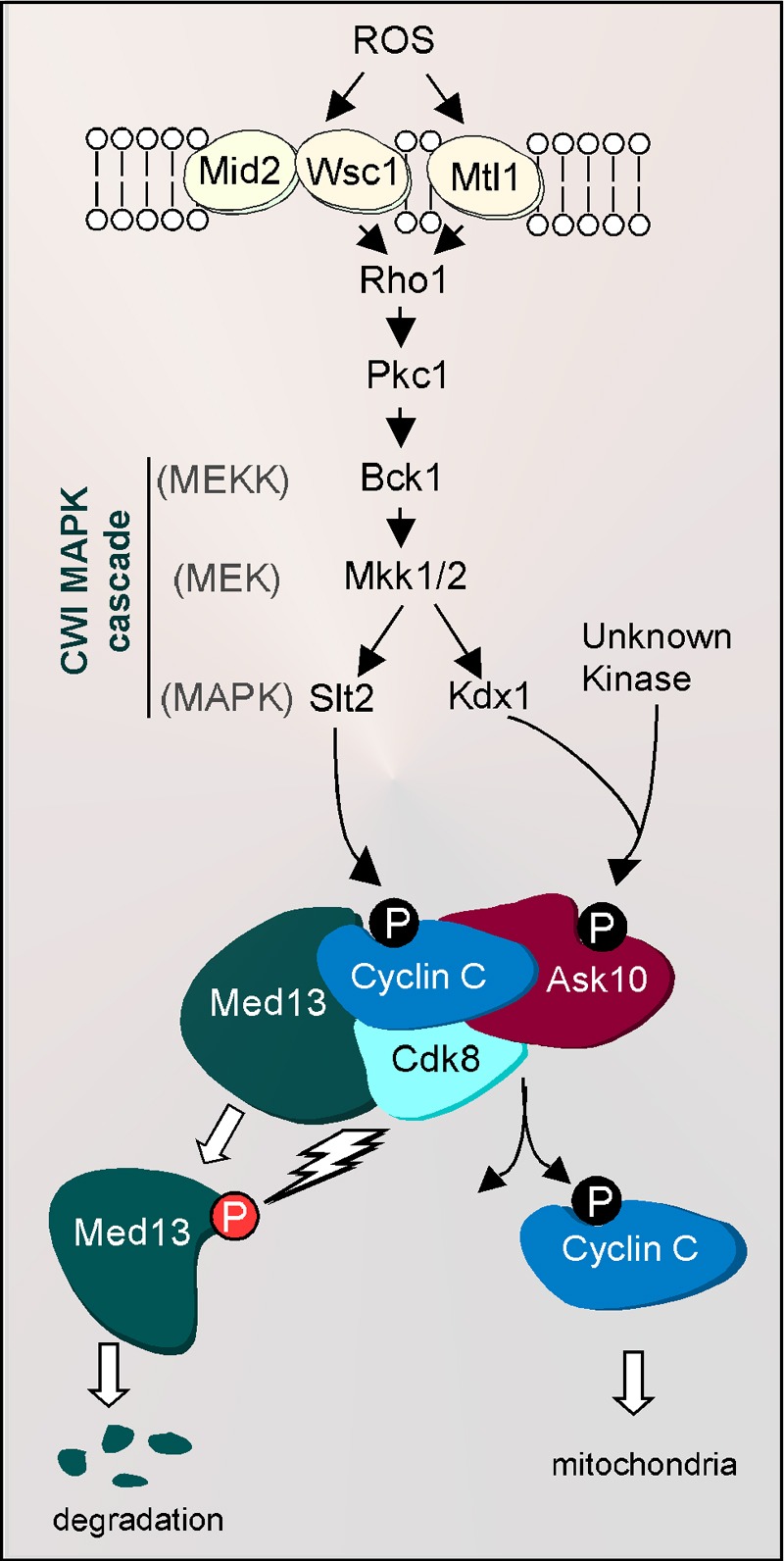Figure 2. FIGURE 2: Regulation of cyclin C relocalization by the cell wall integrity pathway following H2O2 stress.

H2O2-induced damage is recognized by the cell wall sensors Wsc1, Mid2 and Mtl1. These sensors transmit the stress signal via Rho1 to the Cell Wall Integrity (CWI) MAPK pathway resulting in the phosphorylation of Slt2 and Kdx1 (P). Activated Slt2 translocates to the nucleus and phosphorylates cyclin C at serine 266. Activated Kdx1 is also imported into the nucleus where it binds Ask10, which permits Ask10 phosphorylation by an unknown kinase. CWI activation leads to cyclin C translocation to cytoplasmic where it associates with the fission machinery to induce mitochondrial fission. Following fission, cyclin C is ultimately degraded via ubiquitin-mediated proteolysis. In addition, cyclin C-Cdk8 activity is required for ubiquitin-mediated Med13 proteolysis, an event that is required for cyclin C’s release from the mediator complex.
